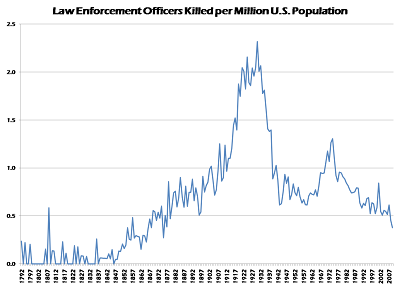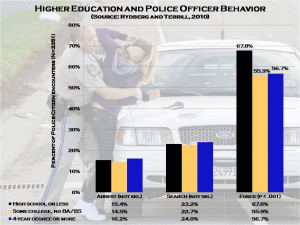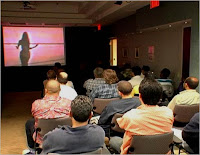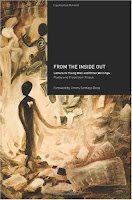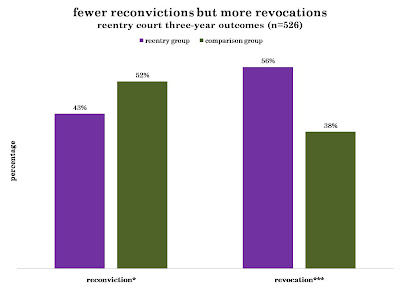The Wall Street Journal is reporting on “black flight” from Detroit, or the out-migration of “taxpaying, middle-class professionals who invest in local real estate, work and play downtown, and make their home” in the central city:
By some estimates, this year’s Census will show a population drop of 150,000 people from the 951,000 people who lived within city limits in 2000. That would be roughly double the population loss in the 1990s, when black, middle-class flight began replacing white flight as the prevailing dynamic. There are other signs the middle class is throwing in the towel. From 1999 to 2008, median household income in Detroit dropped nearly 25% to $28,730, after growing 17% in the 1990s, according to Data Driven Detroit, a nonprofit that analyzes Census data for the city. Over that period, the proportion of owner-occupied homes fell to 39% from 49%, while the proportion of vacant homes nearly tripled to 28%.
The Journal identifies serious and persistent crime problems as driving the trend. Motown’s violent crime rate has generally fallen since the 1980s and declined again by about 2% between 2008 and 2009. Nevertheless, Detroit remains a relatively dangerous city, with crime problems likely exacerbated by the residential instability brought on by the housing crisis. Although cross-city comparisons can be misleading (mostly because jurisdictional boundaries and denominators vary so greatly), the violent crime rate was about 75% higher in Detroit than in Minneapolis in 2009. Moreover, Gallup polls consistently show that Detroit is perceived as a dangerous city:

As the graph shows, Americans have long viewed Detroit as a dangerous city, with only 18% viewing Detroit as a safe place to live or visit in 1990. This perception improved as crime declined in the 1990s, but had fallen back sharply by 2006. Perceived safety improved much more rapidly for cities such as New York and Chicago, such that these cities are now viewed as significantly safer than Detroit. I couldn’t find any data beyond 2006, but I suspect these trends in perceived safety have continued.
My sense is that flight from Detroit, both black and white, is driven partly by these perceptions and partly by the lived reality of crime in Detroit neighborhoods. I poked around the Detroit Police Department site tonight, looking for some reassuring long-term trend data. I found few statistics of any kind there, though I did discover the department’s youtube channel. I’m sure the video below was well-intended, but such chilling safety tips will do little to reassure residents or change perceptions about the city’s safety.


